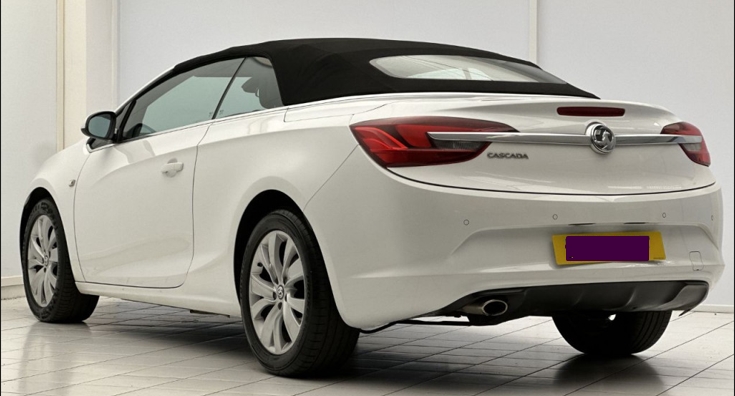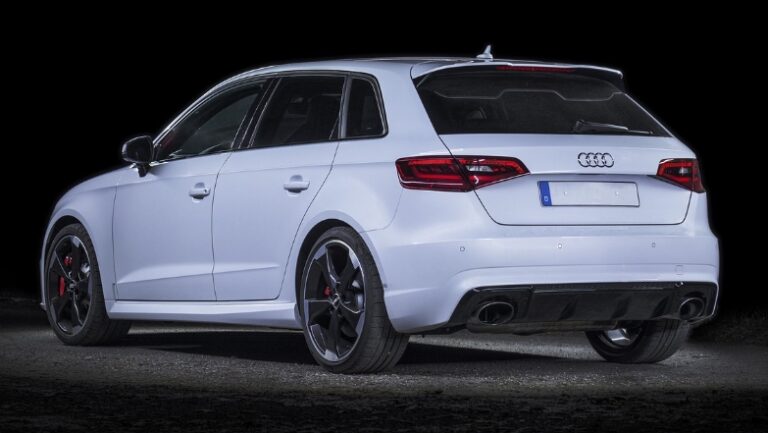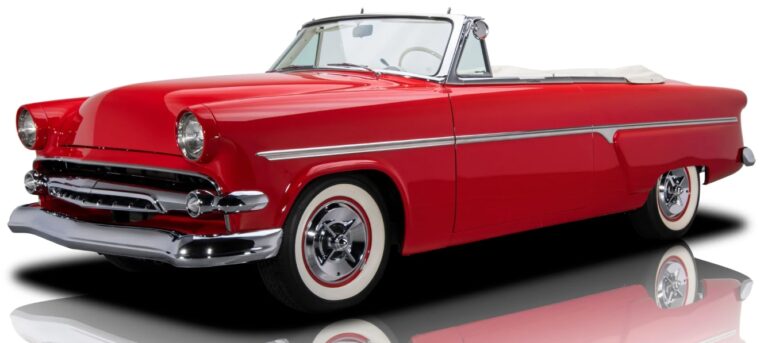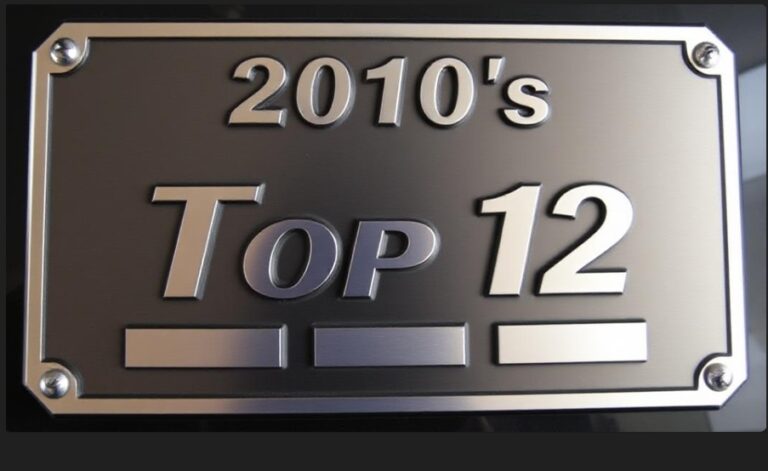The Evolution of the Opel Cascada
The Opel Cascada stands as a notable chapter in the German automaker’s history of producing stylish and versatile convertibles. Introduced in 2013, the Cascada was Opel’s entry into the compact premium convertible segment, aiming to combine elegance, practicality, and driving enjoyment. Over its production run, the model saw various updates, trim levels, and configurations, reflecting changing market demands and technological advancements. This article provides a detailed, factual overview of the Opel Cascada’s evolution, covering its production years, model variations, and trim levels.
Introduction and Launch (2013)
Production Years: 2013 – 2019
The Opel Cascada was officially launched at the Geneva Motor Show in March 2013. It was based on the Opel Astra J platform, sharing its chassis, engines, and many components, but distinguished by its soft-top convertible roof and sleek styling. The Cascada aimed to attract buyers looking for a premium open-air experience without the size and price of larger convertibles.
Design and Features at Launch:
- Body Style: 2-door soft-top convertible
- Roof: Electro-hydraulic soft-top with a glass rear window; opening and closing took approximately 17 seconds
- Dimensions: Length around 4,695 mm, width approximately 1,844 mm, and height of about 1,418 mm
- Weight: Starting at approximately 1,490 kg
Initial Engine Lineup:
- 1.4-liter Turbocharged Petrol (150 PS)
- 1.6-liter Turbocharged Petrol (170 PS)
- 2.0-liter Turbocharged Petrol (200 PS)
- 2.0-liter Turbo Diesel (165 PS)
Trim Levels at Launch:
- Essentia: Base trim with essential features
- Edition: Mid-range with additional equipment
- Sport: Higher trim with sporty styling elements and features
Early Years and Key Updates (2014–2016)
During its initial years, the Cascada maintained a relatively consistent lineup but saw incremental updates to features, safety, and technology.
2014 Model Year
- Introduction of the SIDI Turbo engines: Enhanced fuel efficiency and performance.
- Infotainment: Introduction of Opel’s IntelliLink infotainment system with a 7-inch touchscreen, Bluetooth, and smartphone integration.
- Safety: Standard features included ABS, ESC, traction control, multiple airbags, and optional rear parking sensors.
- Trim Levels: Continued with Essentia, Edition, and Sport trims.
2015 Model Year
- Minor styling tweaks, including new wheel designs and interior material updates.
- Introduction of a SIDI Turbo 1.4 engine with 140 PS, offering a more affordable entry point.
- Optional navigation system upgrades.
- Enhanced safety features, including optional lane departure warning.
2016 Model Year
- Introduction of ecoFLEX diesel engines for improved fuel economy.
- New driver assistance features such as forward collision alert and automatic emergency braking as options.
- Interior improvements with better materials and trim options.
- The model lineup remained largely unchanged but refined for improved customer appeal.
Major Facelift and Mid-Cycle Refresh (2017)
In 2017, Opel announced a mid-cycle refresh for the Cascada, aligning with industry standards of updating models for better competitiveness.
2017 Updates:
- Exterior: Slight redesign of front grille, headlights (including LED daytime running lights), and rear taillights.
- Interior: Upgraded materials, a new steering wheel design, and improved infotainment connectivity.
- Engine Options: Continued with existing petrol and diesel engines, with some tuning for better emissions and efficiency.
- Technology: Introduction of Opel’s OnStar telematics system in select markets, providing emergency, navigation, and security services.
- Trim Levels: The original trim hierarchy persisted but with added features:
- Essentia: Base model, now with more standard equipment.
- Elegance: Focused on luxury-oriented features.
- Sport: Sportier styling and features, including larger alloy wheels and sportier interior accents.
Discontinuation and Market Exit (2019)
Despite updates, the Opel Cascada struggled to gain significant market share against competitors like the Volkswagen Eos and Ford Fiesta Convertible. Production officially ceased in 2019, marking the end of its six-year run.
Reasons for Discontinuation:
- Changing consumer preferences favoring SUVs over convertibles
- Increasing strict emission regulations impacting soft-top models
- Strategic shift within Opel/Vauxhall towards SUVs and electric vehicles
Model Variants and Trim Levels in Detail
Over its production span, the Opel Cascada was offered in several trim levels, each catering to different customer preferences.
1. Essentia
- Position: Entry-level
- Features: Air conditioning, cruise control, basic audio system, manual seats, and standard safety features.
- Engines: Typically the 1.4-liter Turbo petrol or 1.6-liter petrol.
2. Edition
- Position: Mid-range
- Features: Enhanced infotainment (7-inch IntelliLink), alloy wheels, upgraded interior materials, parking sensors, and optional navigation.
- Engines: Available with both petrol and diesel options, including more powerful engines.
3. Sport / Sportive
- Position: Performance and style-focused
- Features: Larger alloy wheels, sportier exterior styling (such as fog lights, spoiler), sport seats, and interior accents.
- Engines: Often the 2.0-liter turbo petrol or diesel variants.
- Additional Options: Adaptive suspension, sport steering, and advanced safety features.
4. Elegance
- Position: Luxury-oriented
- Features: Leather upholstery, premium interior trim, advanced infotainment, driver assistance systems, and aesthetic upgrades.
Special Editions and Packages
Throughout its lifecycle, Opel occasionally released special editions to promote sales or commemorate milestones:
- Cascada Blue Line: Featured unique paint options and interior accents.
- Cascada Black Edition: Focused on black exterior and interior styling elements, with additional equipment.
- Performance Packages: Some markets offered upgrade kits for enhanced handling or aesthetics.
.
You’ve got that cool car, but is it resting in its own cool place?
It’s visually pleasing for the surrounding areas outside of your home to look as awesome as what’s stored inside your garage! If you desire a truly inspirational environment, you should check into these plans!

.
Powertrain Evolution
The Cascada’s engine lineup primarily consisted of turbocharged petrol and diesel engines, reflecting a focus on efficiency and performance.
| Engine Type | Displacement | Power | Years Available | Notes |
|---|---|---|---|---|
| 1.4 Turbo | 1.4 L | 140–150 PS | 2013–2019 | Entry-level petrol |
| 1.6 Turbo | 1.6 L | 170 PS | 2013–2019 | Mid-range petrol |
| 2.0 Turbo | 2.0 L | 200 PS | 2013–2019 | Sportier variants |
| 1.6 CDTI Diesel | 1.6 L | 136–120 PS | 2014–2019 | Fuel-efficient diesel |
| 2.0 CDTI Diesel | 2.0 L | 165 PS | 2013–2019 | Higher torque diesel |
Over time, engine tuning was improved for emissions compliance, and some variants were discontinued as stricter regulations took effect.
Technological and Safety Features
Throughout its production, the Cascada saw continuous improvements in safety and technology:
- Infotainment: Opel IntelliLink systems with Apple CarPlay and Android Auto compatibility introduced in 2015.
- Safety: Standard inclusion of multiple airbags, ABS, ESC, and optional driver assistance features like lane departure warning, forward collision alert, and parking sensors.
- Connectivity: Introduction of Opel OnStar telematics in 2017, providing emergency, navigation, and remote services.
Conclusion
The Opel Cascada’s six-year production journey from 2013 to 2019 showcased a model that aimed to blend elegance, practicality, and open-air driving pleasure. Starting from a modest launch with basic trims and engines, it evolved through incremental updates, technological enhancements, and aesthetic refinements, culminating in a mid-cycle refresh in 2017. Despite its stylish design and feature set, market trends towards SUVs and changing consumer preferences led to its discontinuation in 2019.
Today, the Cascada remains a testament to Opel’s efforts to offer a premium convertible experience in the compact segment, serving as a stylish and comfortable option for those seeking open-top motoring. Its evolution reflects broader automotive industry shifts and highlights the importance of adaptability and innovation in maintaining relevance in a competitive market.







